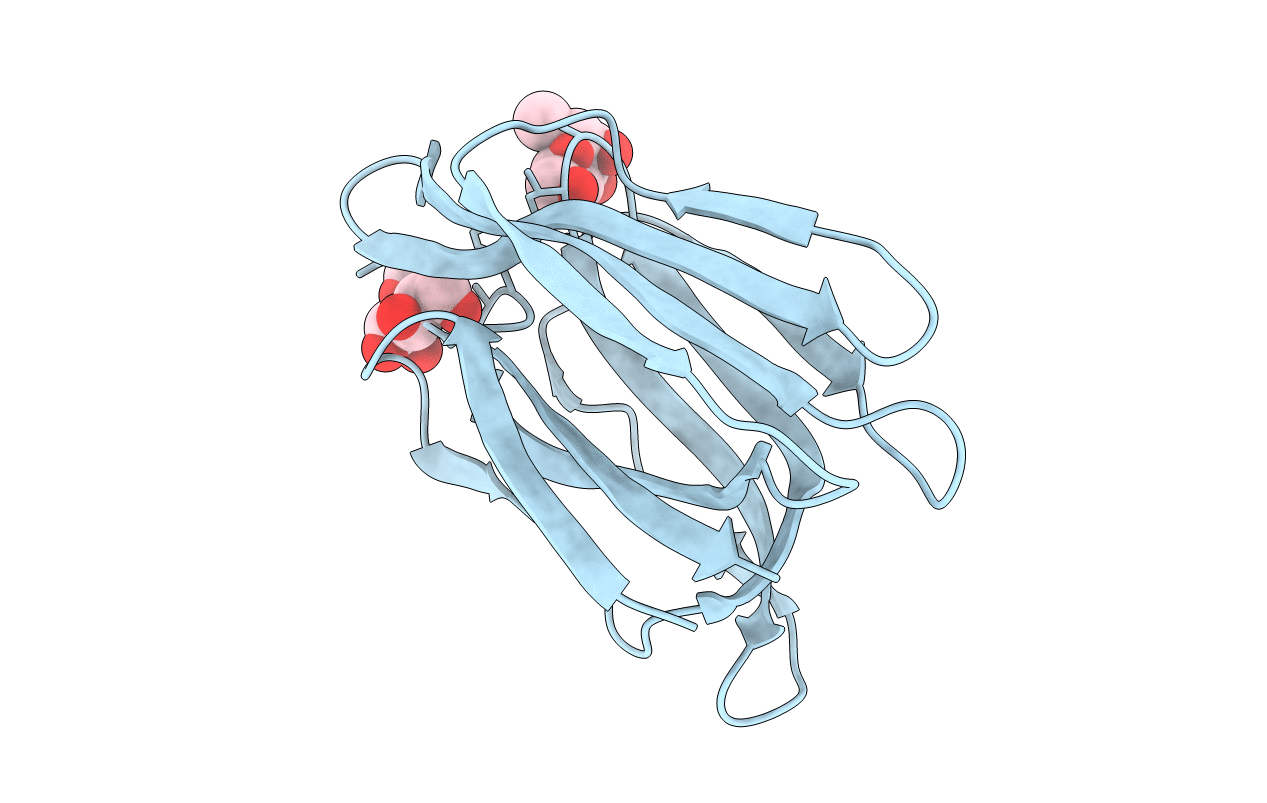
Deposition Date
2021-08-14
Release Date
2022-03-09
Last Version Date
2023-11-29
Method Details:
Experimental Method:
Resolution:
1.20 Å
R-Value Free:
0.23
R-Value Work:
0.20
Space Group:
P 31 2 1


